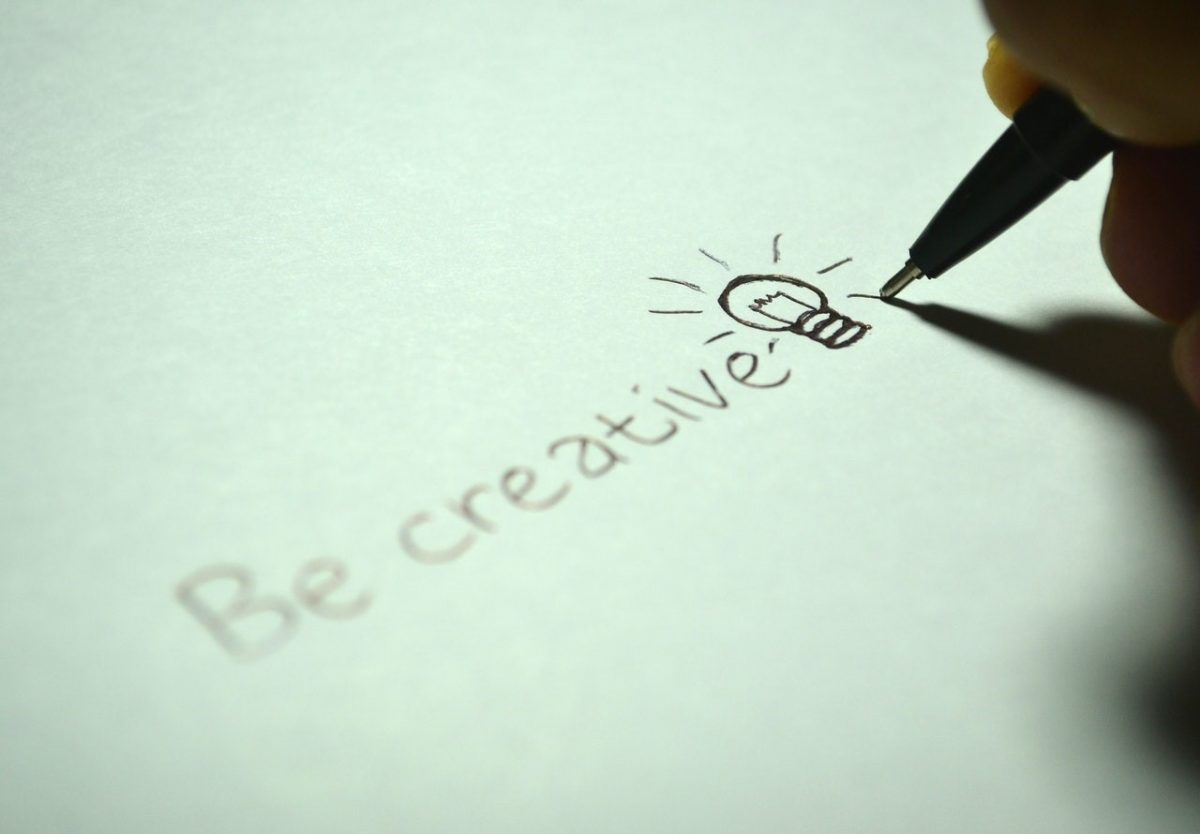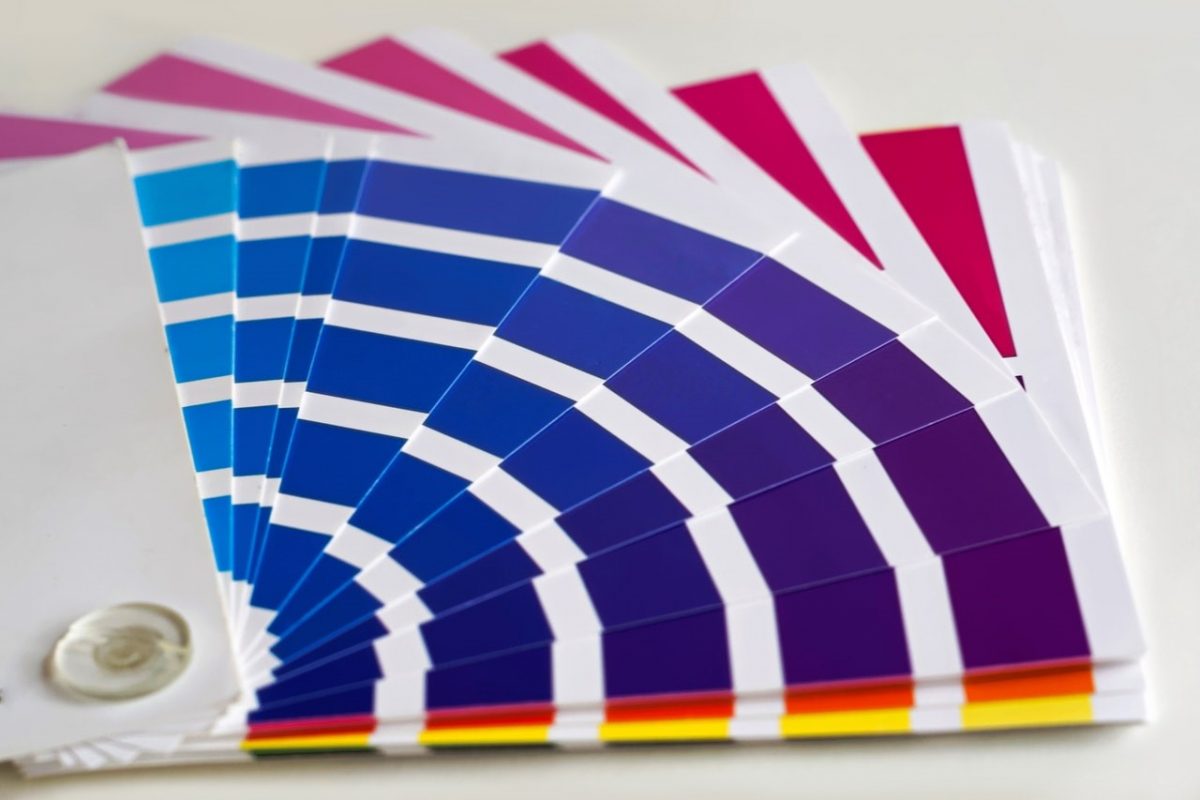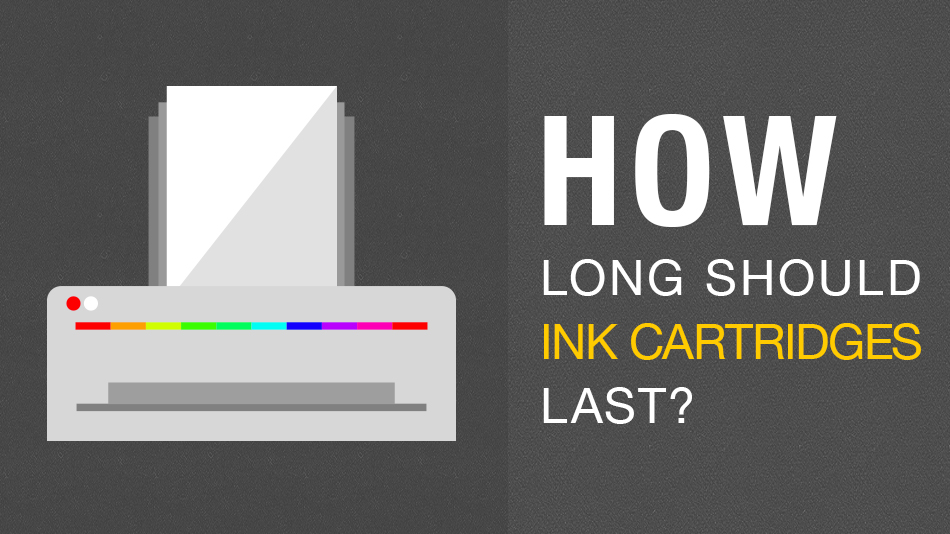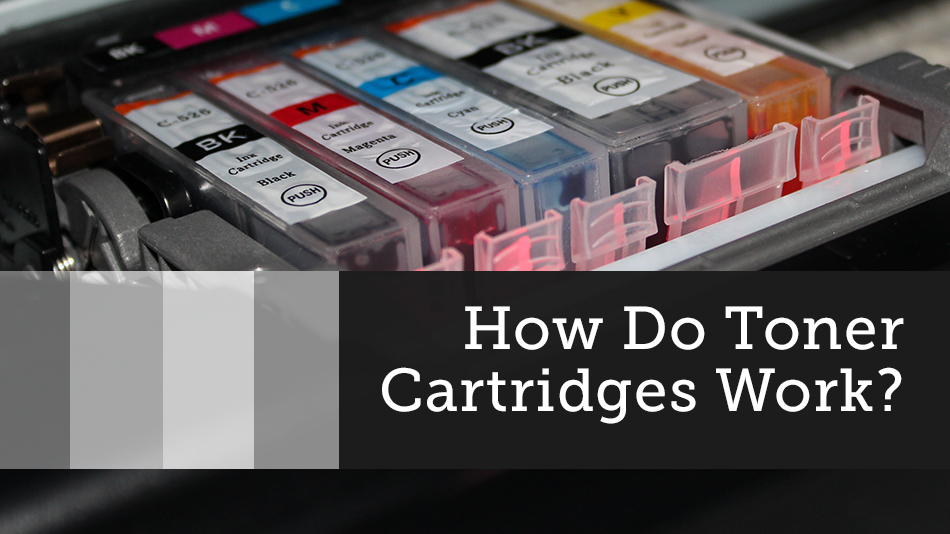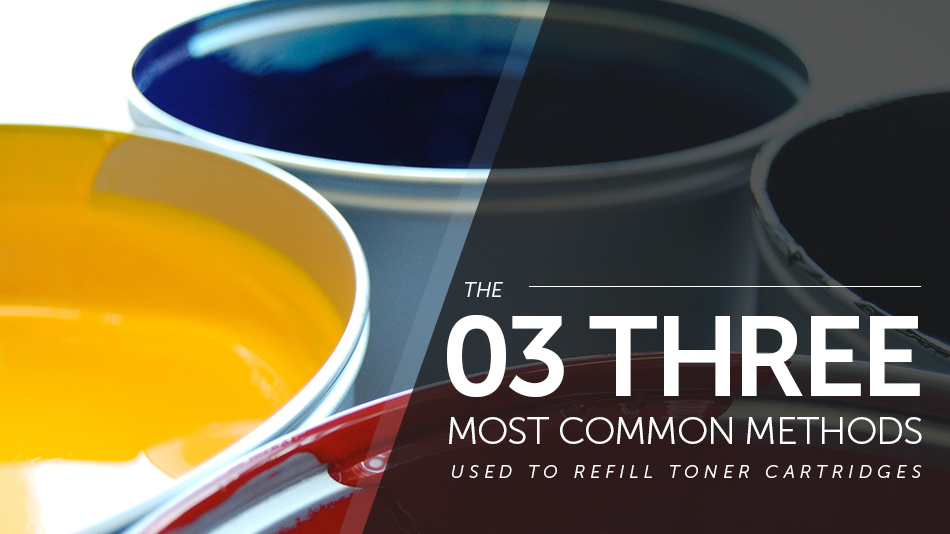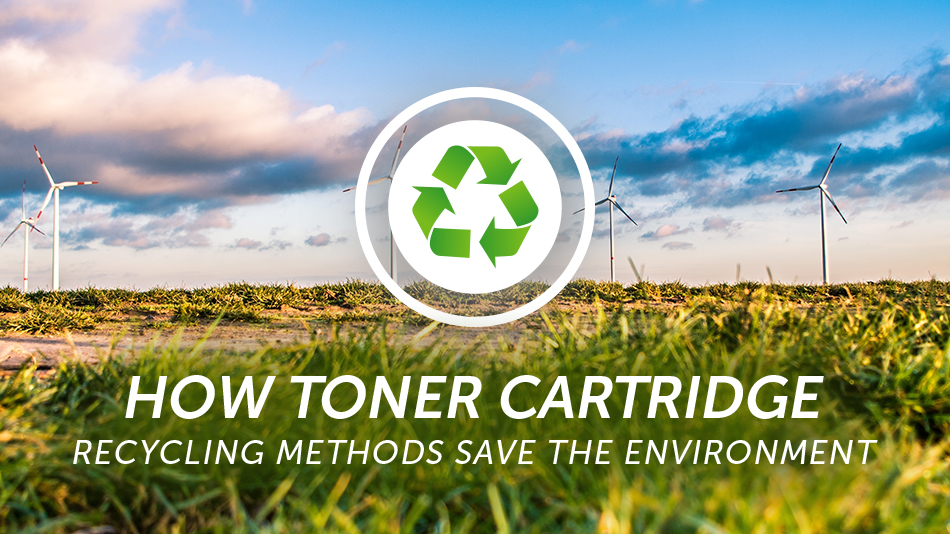While hiking along your favorite trails it’s not unusual to see signs reminding you to keep your carbon footprint to a minimum. Even singer/superstar Justin Timberlake is leading the charge to reduce his impact. For every place his tour stops, he has calculated what his carbon footprint is and has trees planted to make up for it.
So what is a carbon footprint? And why are people like park rangers and Justin Timberlake concerned about it? We at Toner Connect have the answer along with what you can do about it.
What is a carbon footprint?
Every person on the planet is leaving carbon footprints. In short, it’s the CO2 (carbon dioxide) that is created from your everyday lifestyle. Carbon dioxide comes from fossil fuels that are used when you do things like run your car with gasoline or heat your home and which then turns into greenhouse gases.
The reason why there’s a big stink about it is that it’s what scientists and Al Gore believe are contributing to the increase in our Earth’s temperature.
What’s the big deal?
By raising the core temperature of the Earth, greenhouse gases will cause what’s known as the Global Warming crisis. Inevitably causing glaciers to melt, sea levels to rise, climate change etc…And the bad news is according to tonerrecycle, “Green House Gases emissions from manufacturing a single mono toner cartridge have been calculated to be approximately 4.8 kg CO2; per cartridge” and that’s not including the toner itself.
Along with greenhouse gases, there is the general pollution caused from our everyday lives and no matter how you look at it, in one way or another you are having a negative impact on the Earth along with a positive one.
Contributing your own carbon footprint is inevitable but along with conscious consumption of finite resources and avoiding littering, there’s one big way you can put a dent in your contribution and that’s recycling.
Where does my toner come in?
Did you know that more than 18 million toner cartridges end up in landfills all around the world? And toners aren’t like banana peels. The materials that makes up toners aren’t capable of decomposing for over a hundred years.
To put it in perspective, if someone in 1917 had somehow gotten their hands on a toner cartridge, scratched their head in confusion, tossed it in the local dump and went scuttling off to fight in WWI, it would just now in 2017, begin the breakdown of decomposition. Now imagine millions of them. Not in 1917 because goodness where would they get them? But right now, and the impact they are having on our environment. Let me tell you right now it’s not a good one. That’s where we come in.
Toner Connect and You
Did you know that you can recycle those unused cartridges? And get paid to do it? That’s right. At Toner Connect, we love our world so much that we’re willing to pay you to help us keep it clean. Just about any unopened toner cartridges that you receive from the OEM (Original Equipment Manufacturer) qualifies for our buyback program.
By filling out our online application to find out if your toner qualifies, you’ll be able to spare your cartridge a very very long, although painless, death in the trash heap. To find out more on how our buyback program works, check it out here.
Used Cartridges
If your cartridge is used, have no fear. It doesn’t need to end up at the landfill even though we can’t buy it. There are still plenty of options and thank goodness there are because according to the stats from tonerrecycle almost 80% of used toner cartridges get thrown away.
Check with the manufacturer to see if they have a return policy. A lot of companies prefer to have used cartridges returned to them for them to refill and resell. You can also recycle your cartridge but make note that you can’t just drop it in your nearest recycle bin.
Office stores like OfficeMax or Staples usually have a policy in place where used cartridges can be dropped off for recycling. Finally, a lot of people prefer to refill their toners themselves which is always an option for you. For a full explanation of how to recycle toners, check out our post here.
The Bottom Line
Leaving your carbon footprint is almost unavoidable but there are definitely ways to make up for it. Whether it’s planting trees in response to your sold out concert or recycling your plastic bottles or selling unused toner cartridges. Every little bit helps and we at Toner Connect want to do our part, and that’s where you come in.
By recycling used cartridges and selling us your unused toner cartridges you’re helping us help you make your mark on the world a little less impactful…in a good way.


